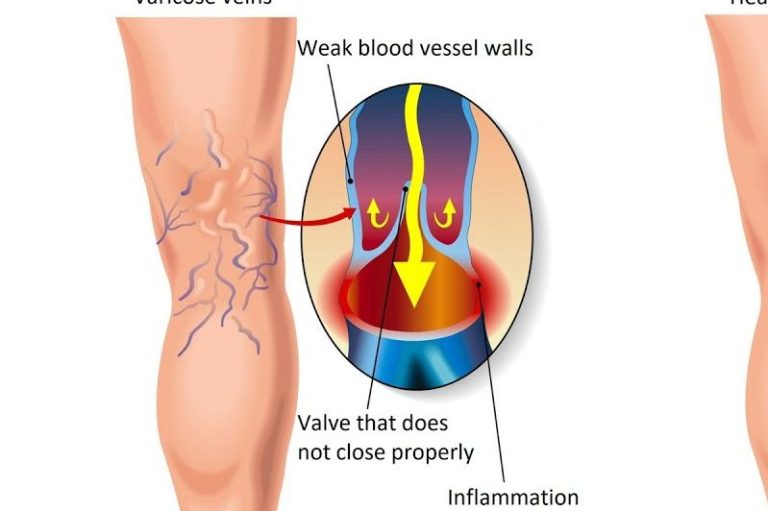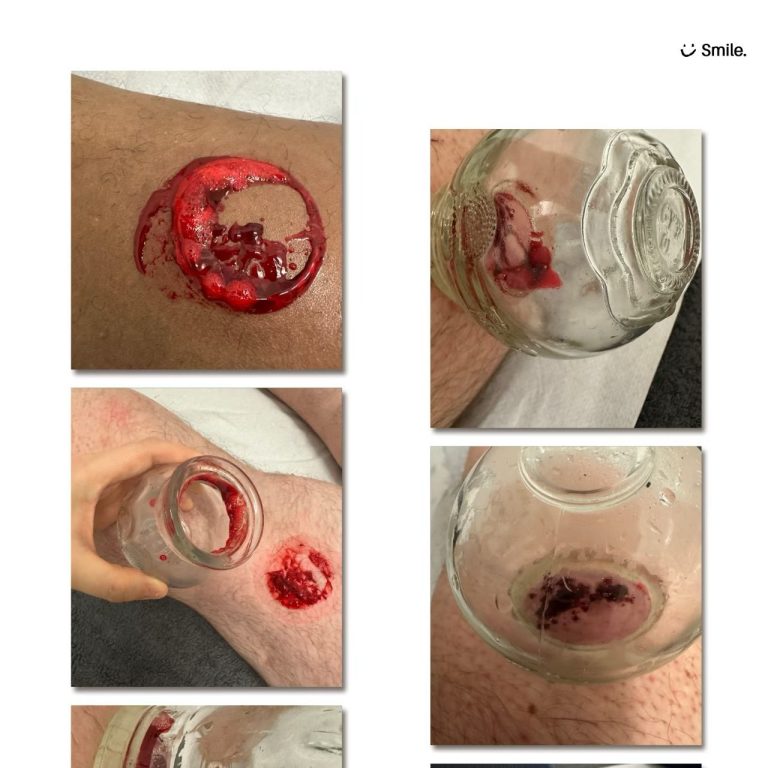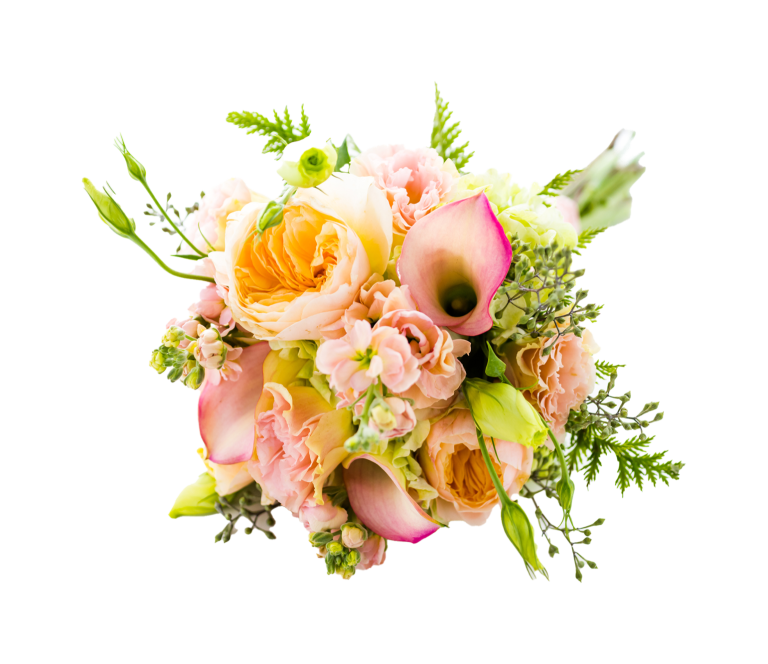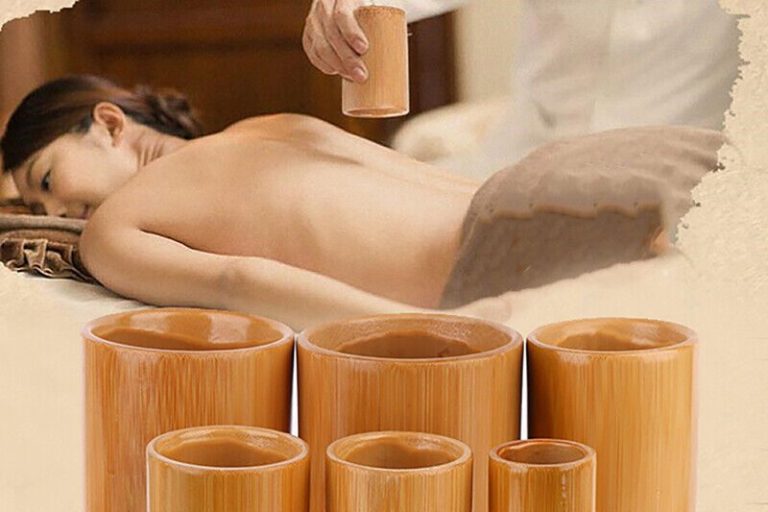Who is benefiting from Hijama?
Hijama (wet cupping) can benefit a wide range of people, especially those experiencing pain, poor circulation, or inflammation. Here are some of the main groups who may find it helpful:

1. People with Chronic Pain & Muscle Tension
• Helps relieve back pain, neck pain, and shoulder stiffness by improving blood flow to tight muscles.
• Reduces tension headaches and migraines caused by muscle tightness.

2. Those with Poor Circulation & Stagnation
• Beneficial for people with cold hands and feet, varicose veins, or fluid retention (swelling in the legs).
• Can help improve sluggish blood flow in people who sit for long hours at work.

3. Athletes & Active Individuals
• Aids muscle recovery after intense workouts or sports injuries.
• Helps flush out lactic acid buildup, reducing soreness.

4. People with High Stress & Fatigue
• Helps relax the nervous system, reducing stress-related tension.
• Some people report feeling refreshed and more energized after treatment.

5. Those with Inflammatory Conditions
• Can be useful for arthritis, joint pain, and chronic inflammation by helping to clear out stagnant blood and toxins.
• Some people with autoimmune conditions (e.g., fibromyalgia) find relief, but it should be done cautiously.

6. People with Detoxification & Skin Issues
• May help improve skin conditions like acne, eczema, or dull complexion by promoting circulation and detoxification.
• Some use it as part of a general detox routine to support liver and kidney function.
What Does the Blood Color Tell Us?
When we do wet cupping (Hijama), the color and texture of the blood, how much comes out, and whether there’s any moisture or water bubbles can give us useful clues about your body’s condition.

1. What Does the Blood Color Tell Us?
• Bright red and flowing easily → Good circulation, healthy blood flow.
• Dark red, purplish, or thick with clots → Poor circulation or old blood stagnation, which may relate to muscle tightness, chronic pain, or inflammation.
• Blackish and sticky blood → Possible long-term inflammation or sluggish circulation, sometimes linked to high cholesterol or stress-related tension.
• Watery or very light-colored blood → May indicate low energy, nutritional deficiencies, or fluid retention (like mild swelling in the legs).

2. Why Does Cupping Sometimes Bring Out Water or Cause Bubbles?
• Moisture inside the cup or bubbles → Your body may be holding onto excess fluid, which can feel like bloating, puffiness, or sluggish digestion.
• Small water blisters on the skin → This can happen if there’s fluid buildup under the skin, often seen in people with circulation issues or swelling.
• A mix of water and blood in the cup → If your body struggles to process and remove excess fluids, cupping can sometimes draw it out. This can happen in conditions like lymphatic congestion or chronic water retention.

3. Why Do Some People Feel Lightheaded or Weak After Cupping?
• If you have low blood pressure, anemia, or feel generally weak, you might feel dizzy or lightheaded after cupping. It’s best to eat a little before your session and avoid coming in on an empty stomach.

4. Why Do Some People Bleed More Than Others?
• If your circulation is strong (often in younger or more active people), blood may flow more quickly and in greater amounts.
• If the blood keeps coming out too fast or you feel shaky afterward, it could mean a larger blood vessel was reached, which we need to monitor carefully.

What Can You Do After Cupping?
• Drink plenty of warm fluids and avoid cold drinks for a few hours.
• Keep the cupping areas warm—avoid air conditioning or cold showers right after.
• If you tend to hold water weight or feel bloated, reducing salty or processed foods can help.
Let us know if you have any concerns after your session!
How often should I take a Hijama?
The frequency of Hijama (wet cupping) depends on your health goals and individual condition. Here’s a simple breakdown to guide your customers:
1. For General Health & Detox (Prevention) Every 3 to 4 months
• Ideal for people who feel generally healthy and want to support their immune system, circulation, and energy levels.
• Helps prevent stagnation of blood and toxins.
Best times: Around the change of seasons — spring, summer, autumn, and winter.
2. For Chronic Conditions (e.g. arthritis, migraines, fatigue, digestive issues)Once a month (or as advised by your practitioner)
• Hijama helps improve circulation, reduce inflammation, and support organ function.
• Frequency can be reduced once symptoms improve.
3. For Acute Conditions (e.g. muscle pain, sports injuries, cold onset)Every 1–2 weeks during flare-ups
• Short-term, more frequent sessions may be used in combination with acupuncture or herbal medicine.
• Stops once the acute condition resolves.
4. For Women (not menstruating or pregnant) Once every 3–6 months for maintenance
• Avoid during menstruation or pregnancy unless specifically advised by a TCM practitioner.
5. For People with Weak Constitution or Recovering from Illness. Every 2–3 months or less, with shorter sessions
• These clients should start gently, possibly combining Hijama with tonifying Chinese herbs to strengthen energy and blood.

3 types of cupping
Dry cupping, rolling cupping, and hijama are three distinct forms of cupping therapy, each offering unique benefits for holistic health and wellness. Together, these cupping techniques provide a versatile approach to enhancing physical and mental health.

Dry cupping
Dry cupping involves placing cups on the skin to create suction without any additional means, promoting blood flow and relaxation.

Rolling cupping
Rolling cupping, on the other hand, utilises cups attached to a handle that are moved across the skin, combining suction with a massage-like motion, which enhances circulation and alleviates muscle tension.

Hijama
Hijama, often referred to as wet cupping, goes a step further by incorporating small incisions on the skin prior to applying the cups. This method aims to draw out impurities and toxins, promoting detoxification and overall wellbeing.
What about those cupping marks (after dry&rolling cupping)?
Seen purplish circles on athletes before? Yes, you may get some of those too. But fret not! It is common for cupping to leave distinctive small, circular bruises on the areas where the cups were applied and it is usually painless.
These cupping marks are discoloration of the skin due to broken blood vessels just beneath the skin, much like a bruise. This indicates the level of blood and Qi stagnation, toxin accumulation, or dampness accumulation in your body. The color and pattern of the marks reflect the level of stagnation in that area. The darker the color, the more stagnation present.

🌍 The Global History of Hijama (Wet Cupping)

1. Ancient Chinese Medicine (Over 2,000 Years Ago)
The earliest written records of wet cupping appear in the “Huangdi Neijing” (Yellow Emperor’s Inner Canon), written over 2,000 years ago.
• It describes using bloodletting and cupping to remove “stagnant blood”, balance energy flow, and improve circulation.
• Ancient Chinese doctors used bamboo, animal horns, and ceramic cups before modern glass and plastic cups were developed.
• Cupping became a core practice in Traditional Chinese Medicine (TCM) and was widely used for pain relief, fevers, and digestive issues.

2. Ancient Egypt (Over 3,500 Years Ago)
• The oldest recorded medical textbook, the “Ebers Papyrus” (1550 BCE), describes cupping as a treatment for pain, fever, and inflammation.
• Egyptian doctors believed cupping could remove “bad blood” and balance the body’s health.
• Hippocrates (460-370 BCE), the “Father of Medicine,” also recommended cupping for various ailments, making it a common treatment in Ancient Greece and Rome.
• Egyptian cupping tools included bronze and glass cups, and the method was often used for treating migraines and skin diseases.

3. Islamic Medicine & Middle Eastern Influence
• Hijama (Arabic: حجامة) became an essential part of Islamic medicine after Prophet Muhammad (peace be upon him) recommended it in Hadiths (sayings of the Prophet).
• The Prophet reportedly said, “The best of remedies you have is Hijama (cupping).”
• Islamic scholars like Avicenna (Ibn Sina, 980-1037 CE) included cupping in their famous medical books, influencing medicine in Persia, the Middle East, and Europe.
• Hijama was widely practiced across the Islamic world, especially during the Ottoman Empire, where it was used for everything from detoxification to mental clarity.

4. Europe & the Renaissance (Middle Ages - 19th Century)
• Cupping was common in medieval Europe, where barbers and surgeons used it to treat infections, fevers, and “imbalanced humors” (an early medical theory about bodily fluids).
• The famous Swiss physician Paracelsus (1493-1541) and other European doctors adapted cupping into Western medical treatments.
• By the 18th and 19th centuries, cupping was a standard practice in European hospitals, often combined with leech therapy and bloodletting.

5. Modern Cupping in the 20th & 21st Century
• In the 20th century, cupping declined in Western medicine due to the rise of antibiotics and modern medical treatments.
• However, it remained a key practice in Traditional Chinese Medicine, Ayurveda, and Middle Eastern medicine.
• In the 21st century, Hijama and cupping experienced a global revival, especially after high-profile athletes like Michael Phelps (Olympic swimmer) and celebrities started using it for muscle recovery and detox.
• Today, Hijama is widely practiced in China, the Middle East, the UK, Europe, and North America, with more people integrating it into holistic healthcare and alternative medicine.

Why is Hijama Still Popular Today
• Scientific research now confirms many benefits of Hijama, such as reducing inflammation, improving circulation, and speeding up recovery.
• Growing interest in natural and alternative medicine has made Hijama more popular worldwide.
• Many people use Hijama alongside Traditional Chinese Medicine (TCM), acupuncture, herbal medicine, and chiropractic care for better results.
Call us to book an appointment on 02046180410
We need your consent to load the translations
We use a third-party service to translate the website content that may collect data about your activity. Please review the details in the privacy policy and accept the service to view the translations.